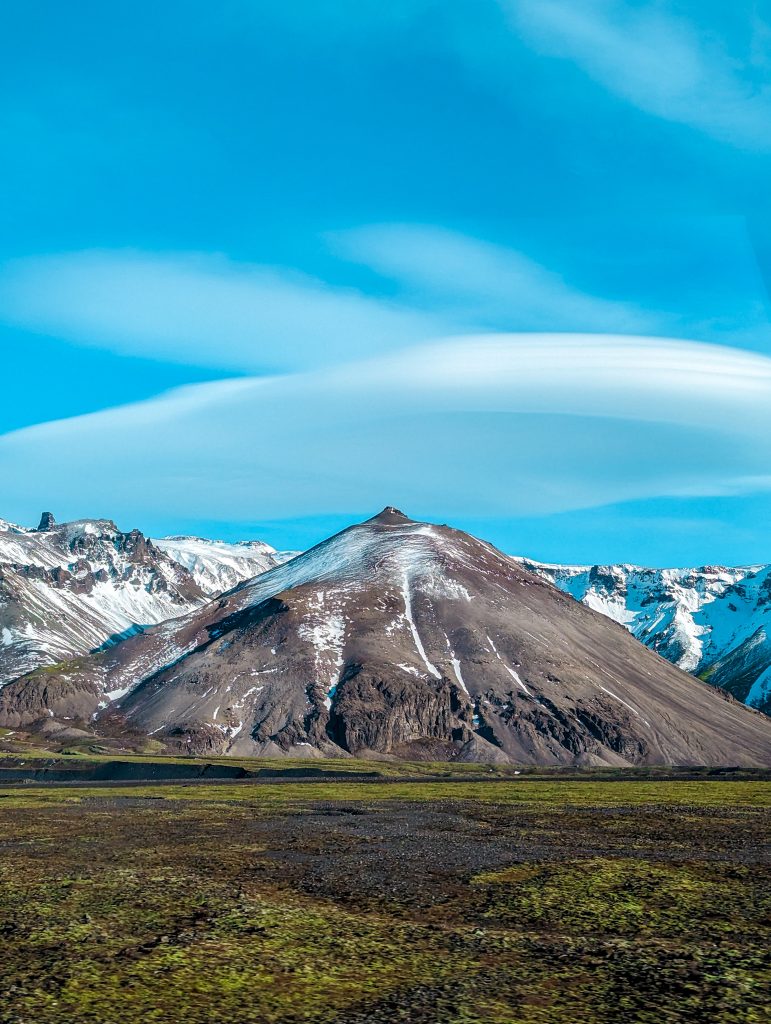
Planning to spend a week or more in Iceland, but not sure what to do? You’ve come to the right place!
Iceland is a fascinating country that offers a unique blend of natural beauty, culture, and adventure. Whether you’re an adrenaline junkie, a nature lover, or a history buff, there’s something for everyone in Iceland. This blog post offers a detailed explanation of all the essential information required for you to plan your trip to Iceland.
Where is Iceland and how to get there?
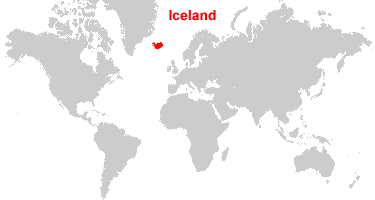
Iceland is a European country and a Nordic island located in the North Atlantic Ocean, between Greenland and Norway. Many airlines offer affordable and convenient connections from dozens of cities in Asia, UK, Europe, and USA to Reykjavik, the capital city of Iceland. There are several direct and indirect connections available, and it is suggested to compare costs and book the most convenient option. I flew with EasyJet which was a direct 3.30 Hour flight from UK.
What visa do you need to travel to Iceland as a Tourist?
The type of visa required to travel to Iceland depends on your nationality.
Iceland is part of the Schengen Area. So, If you are a citizen of the European Union (EU) or European Economic Area (EEA), you do not need a visa to enter Iceland.
If you are not a citizen of the EU, you can check the visa requirements for your country on the website of the Icelandic Directorate of Immigration. If you traveling from India or from countries that require a visa to enter Iceland, you must have a Schengen Visa. This visa allows you to stay in Iceland and the other Schengen countries for up to 90 days within a 180-day period.
What is the best time to go on a trip to Iceland?
The best time to go to Iceland depends on what you want to experience during your trip. If you want to see the Northern Lights, then winter is the best time. If you want to enjoy outdoor activities and longer days, then summer is the best time.
- May to September: This is the most popular time to visit Iceland, with long daylight hours and milder temperatures. The countryside is lush and green, and many popular activities such as hiking, Glacier Kayaking and whale watching are available. However, it is also the busiest time, with higher prices and more tourists.
- November to April: Winter is the best time to see the Northern Lights, and if you want to see Iceland in its truest element, covered in while blankets of snow. You can also enjoy winter sports such as skiing, glacier hike, Ice Cave tour and snowmobiling. However, the weather can be unpredictable, and daylight hours are short. I visited Iceland in February and it was incredible.
What to pack for your winter road trip in Iceland?
- Warm and waterproof jacket
- Insulated gloves and hat
- Reusable insulated water bottles
- Thermal underwear and wool socks
- Fleece or down jacket, beanie
- Waterproof boots with good traction
- Scarf, Hand and feet warmers
- Moisturizer and lip balm
- Sunglasses and sunscreen (even in winter, the sun’s reflection on snow can cause sunburn)
- Power Bank, Camera and memory cards
Check out my blog on TIPS FOR TRAVELING ICELAND IN THE WINTER
What is the currency of Iceland and do you need to carry cash?
The currency of Iceland is the Icelandic Króna (ISK). While credit and debit cards are widely accepted in Iceland, it’s still a good idea to carry some cash with you for small purchases or in case of emergencies. Icelanders tend to pay for almost everything with credit or debit cards, so you don’t need to worry about carrying too much cash around with you.
We did not carry any cash as we did not do a self drive trip and booked most of our trip on GetYourGuide & Viator and for transport within the city we relied on public transport which is buses.
Overall, it’s a good idea to carry a mix of cash and cards, especially if you plan to travel outside of major cities or tourist areas. It’s also a good idea to let your bank know or enable your international transactions to avoid any issues with card transactions.
Budgeting for your winter road trip in Iceland:
Iceland is known to be an expensive country, and budgeting for your trip will depend on various factors. Consider the following estimates as you plan your budget:
- Flight: Prices can vary depending on your location. Flights from the UK or Europe can be as cheap as £50 (one-way) per person if booked well in advance. However, flights from India or other Asian countries tend to be more expensive. Compare prices on Skyscanner to find the best deal.
- Accommodation: Budget accommodations like hostels or guesthouses range from £50-£100 per night, while mid-range hotels can cost around £110-£200 per night. Luxury hotels can exceed £300 per night.
- Food: Eating out in Iceland can be pricey, with a basic restaurant meal costing around £15-£30. To save money, consider buying groceries (keeping in mind the higher prices) and cooking your own meals.
- Activities: Group tours for popular winter activities like the Northern Lights or a visit to the Blue Lagoon can cost around £60-£150 per person. You can check various tours in Iceland on GetYourGuide.
- For public transport, to travel within Reykjavik and near by towns, download the Klappid app to access buses. You can add your card to the app and purchase tickets, which remain active for about an hour and you can use it as many times as you want with in that hour. Cash payment is also accepted on the buses.
Remember, these estimates are rough guidelines, and actual costs may vary based on your preferences and choices. Plan wisely and enjoy your winter adventure in Iceland!
Here are a few ways we saved money on our trip to Iceland:
- Stayed in an Airbnb studio apartment in Reykjavik for 8 days straight instead of booking stays in different areas in Iceland. We got a 20% Airbnb weekly deal by booking for a stay longer than a week. We paid around £510 for 8 nights for a studio apartment which came with Kitchen and all the necessary things which was a great deal.
- Cooked our own meals almost every day instead of eating out at restaurants.
- Opted for group tours instead of renting a car and driving in the winter. Fuel is expensive in Iceland, and driving in the winter can be dangerous too. We avoided the risk of driving and pre-planning, while also cutting costs.
- Traveled during the winter (February) instead of the peak summer months, as prices tend to be lower.
- Used discount on websites or coupons to get deals on activities or tours.
Overall, by being mindful of our expenses and making smart choices, we had a great trip to Iceland while keeping costs under control. Overall, a 7-8 day winter road trip in Iceland for two people can cost around £1,500-3000 depending on your choices and preferences.
ITINERARY
Day 1: Reykjavik, Capital of Iceland
On our first day, we experienced extreme weather conditions, which led to the cancellation of all tours. As a result, we decided to stay indoors in our Airbnb and witnessed the mesmerizing sight of heavy snowfall and Icelandic storms through our window. It also happened to be Mahashivaratri, so we took the opportunity to engage in meditation, dance, and have a memorable time indoors. Despite the change in plans, we embraced the unique experience and made the most of our day.
But on your first day, land into Reykjavik and if all is well, you can explore the vibrant capital city of Reykjavik, visit Hallgrímskirkja Church, stroll along Skólavörðustígur (Rainbow Street), and immerse yourself in the city’s lively atmosphere. For a detailed guide on what you can do in Reykjavik check my blog
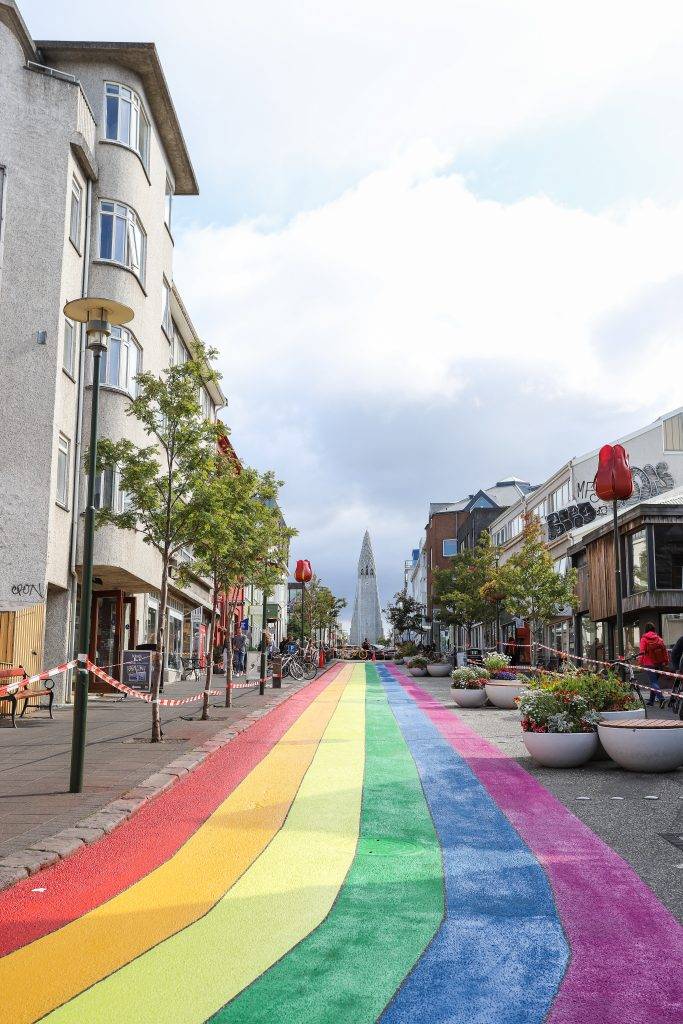
Day 2: Embark on a Katla Ice Cave Tour
You can take a guided tour to visit the mesmerizing ice caves of Vatnajökull glacier. Marvel at the stunning blue ice formations and learn about the glacial environment. Check the blog linked for the detailed guide.
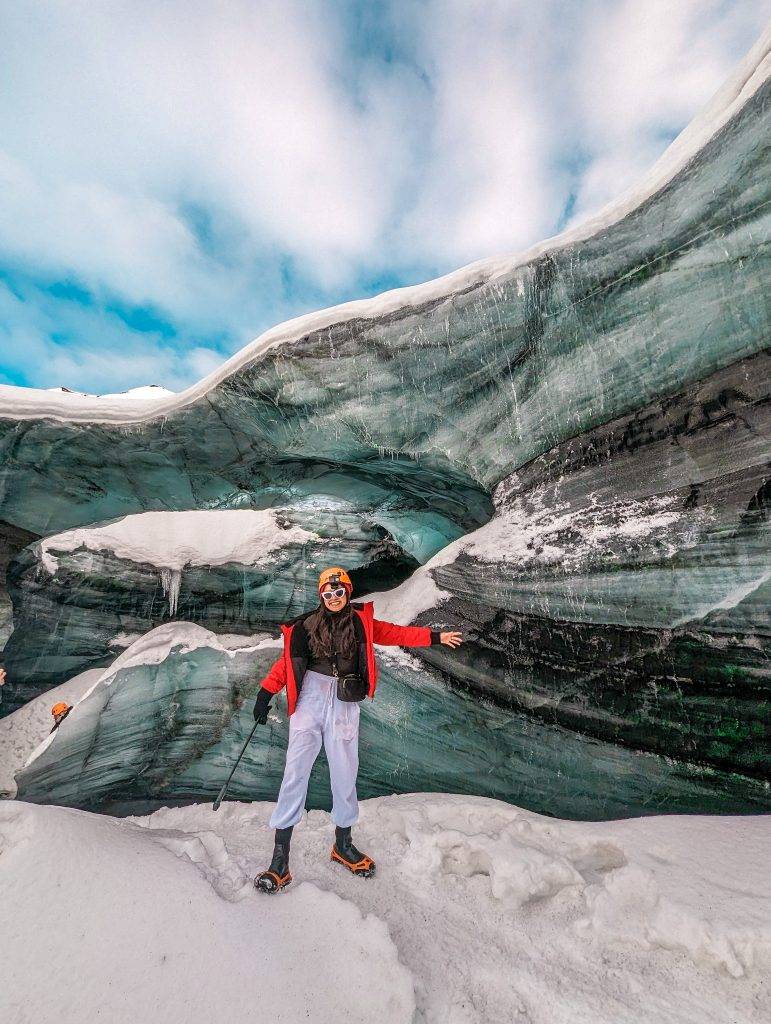
Day 3: Golden Circle and Silfra Snorkeling
Discover the Golden Circle, which includes must-see attractions like the Geysir geothermal area, Gullfoss waterfall, and Thingvellir National Park. In the afternoon, experience a thrilling snorkeling adventure in Silfra, where you can snorkel or dive between the tectonic plates in crystal-clear glacial water. Find the detailed guide in the links below:
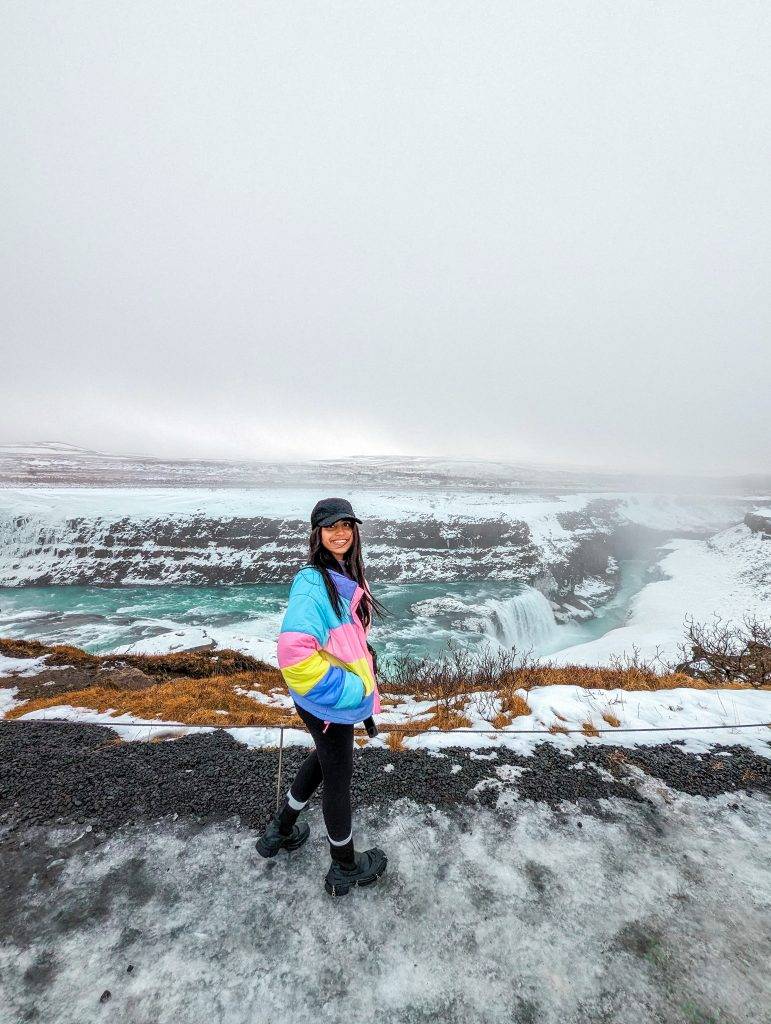
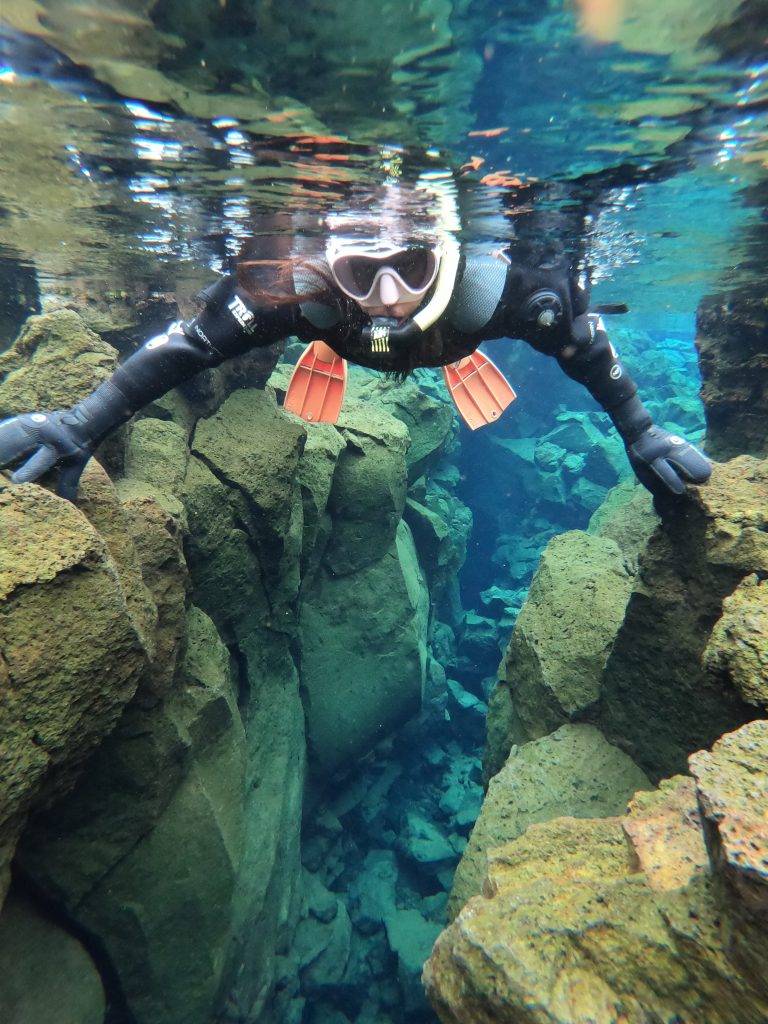
Northern Lights hunting at night:
You can consider to do this on any night during your trip based on the forecasts. Due to bad weather, our northern light tour on the first night was cancelled and they rescheduled to it different night when the forecast was good. Guided tours take you to remote locations with optimal viewing conditions, away from light pollution. Experienced guides use their expertise and up-to-date forecasts to increase your chances of witnessing this awe-inspiring phenomenon. Standing under the dancing lights of the Aurora Borealis is a once-in-a-lifetime experience that will leave you in awe of nature’s beauty. You can book your tour below:
Day 4: South Coast & Jökulsárlón Glacier Lagoon
Take a scenic drive along Iceland’s picturesque South Coast. Visit iconic waterfalls like Seljalandsfoss and Skógafoss, walk on the black sand beaches, and witness the stunning icebergs at Jökulsárlón Glacier Lagoon. Don’t miss the chance to explore the nearby Diamond Beach, where ice chunks sparkle on the shore.
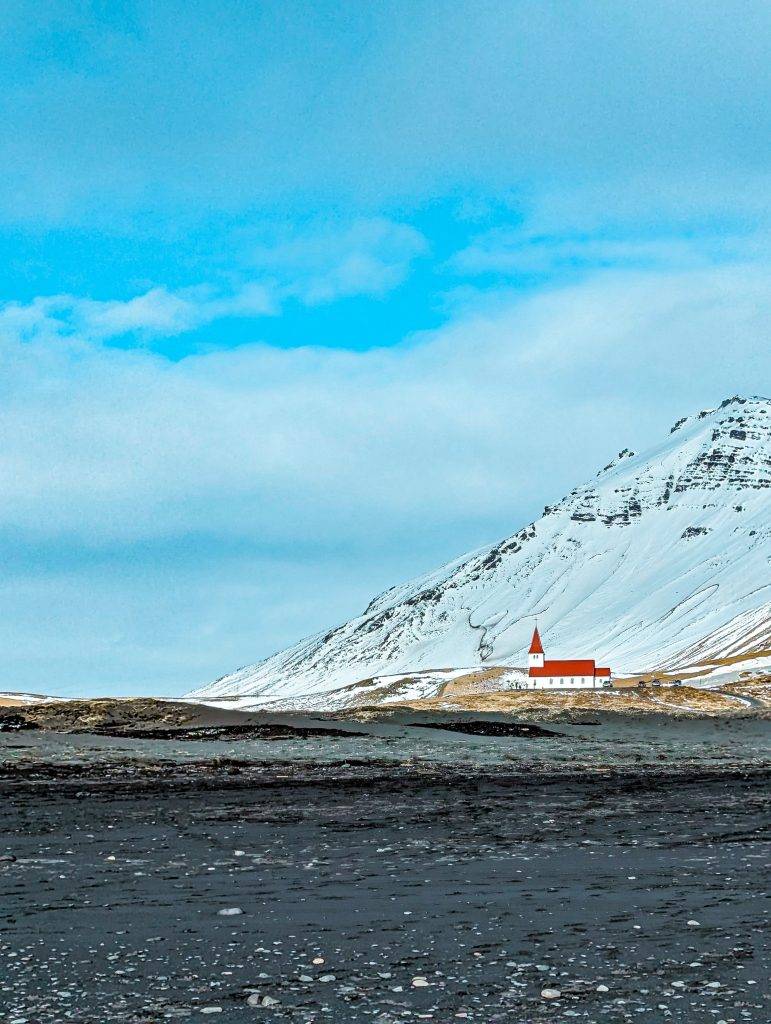
DAY 5: BLUE LAGOON AND/OR SKY LAGOON
Indulge in a day of relaxation at the famous Blue Lagoon. Soak in the warm geothermal waters, enjoy luxurious spa treatments, and rejuvenate amidst the stunning volcanic surroundings. This geothermal spa is a unique experience not to be missed.
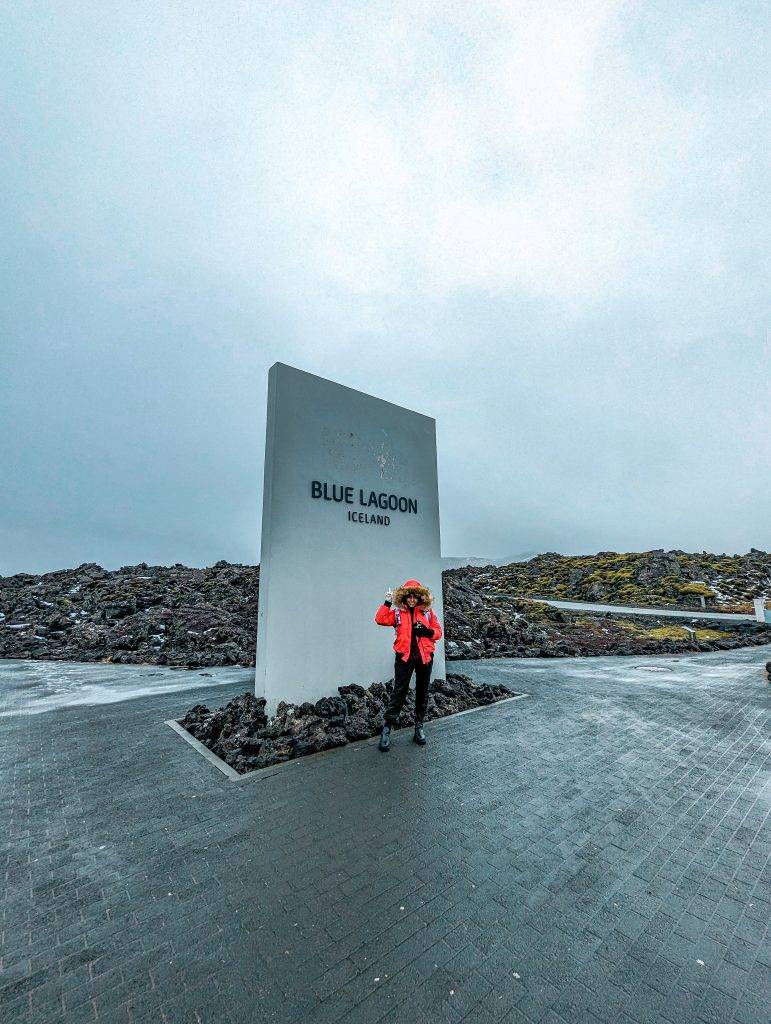
Or you can spend the day at Sky Lagoon, a geothermal oasis where you can relax in warm waters overlooking the ocean. Enjoy breathtaking views, indulge in spa treatments, and immerse yourself in ultimate serenity. SKY LAGOON, ICELAND
Both are unique in their own ways. If you have the time and interest, you can consider doing both.
DAY 6: SNÆFELLSNES PENINSULA
Venture to the Snæfellsnes Peninsula, often called “Iceland in Miniature.” Explore dramatic landscapes, lava fields, picturesque fishing villages, and the iconic Snæfellsjökull volcano. Visit landmarks such as Kirkjufell Mountain, Djúpalónssandur black beach, and the charming town of Stykkishólmur.
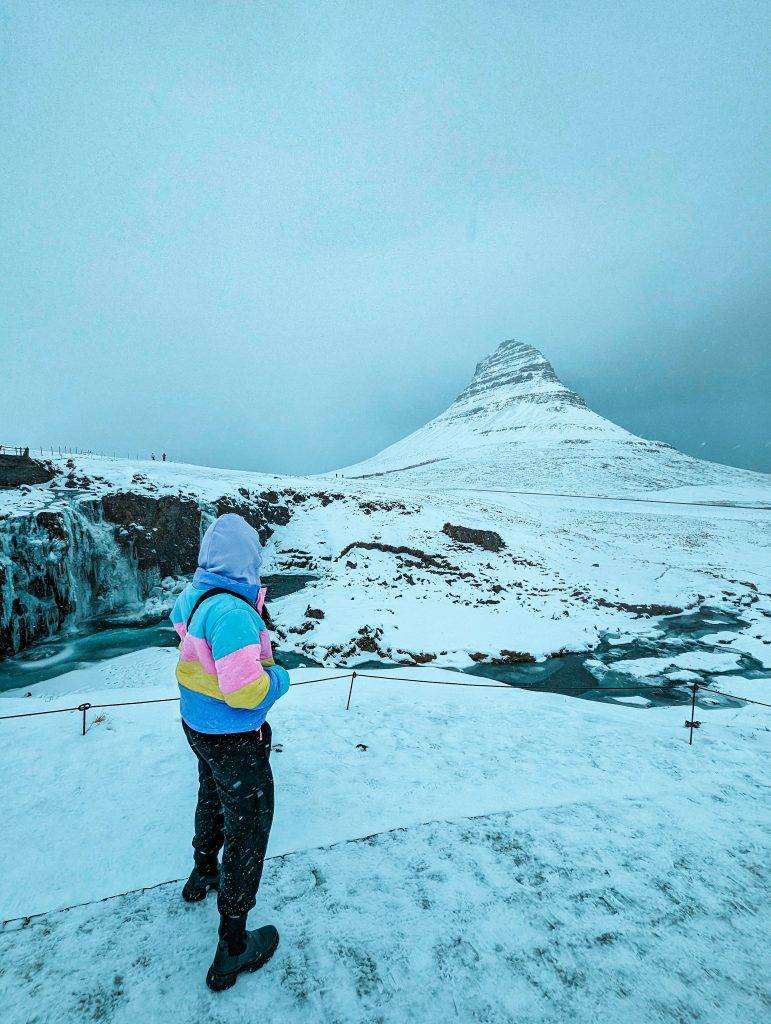
DAY 7: GO ON A WHALE WATCHING TOUR
Iceland is a great place to spot whales in the whale season, and there are many tour operators offering excursions out into the ocean. You can book from various options below:
DAY 8: DEPARTURE
Take some time to explore Reykjavik at your leisure, perhaps visiting any attractions you missed or doing some last-minute shopping for Icelandic souvenirs. Bid farewell to Iceland and depart with unforgettable memories.
Note: It’s important to check for availability, weather conditions, and plan accordingly, as some activities may be subject to seasonal variations or require advanced bookings.
This suggested itinerary is designed with Reykjavik as the base location, allowing for convenient exploration of nearby attractions. We did not do much preplanning, and booked most tours while in Iceland GetYourGuide app. If you decide to go for these group tours, keep checking for the available dates and book accordingly as it tends get sold out sometimes.
Alternatively, for a more extensive adventure, renting a car and embarking on the famous Ring Road trip will cover the entire Iceland, although it requires more time, planning, and a higher budget. Regardless of your choice, Iceland promises a fantastic experience, and we hope this blog has been helpful in planning your trip. Enjoy your time in Iceland!
If you have any doubts or need help with planning Iceland, comment or mail me, I am happy to help!
1 Comment
Thanks for such informative post with incredible Pictures. Truly captures the essence of the place.